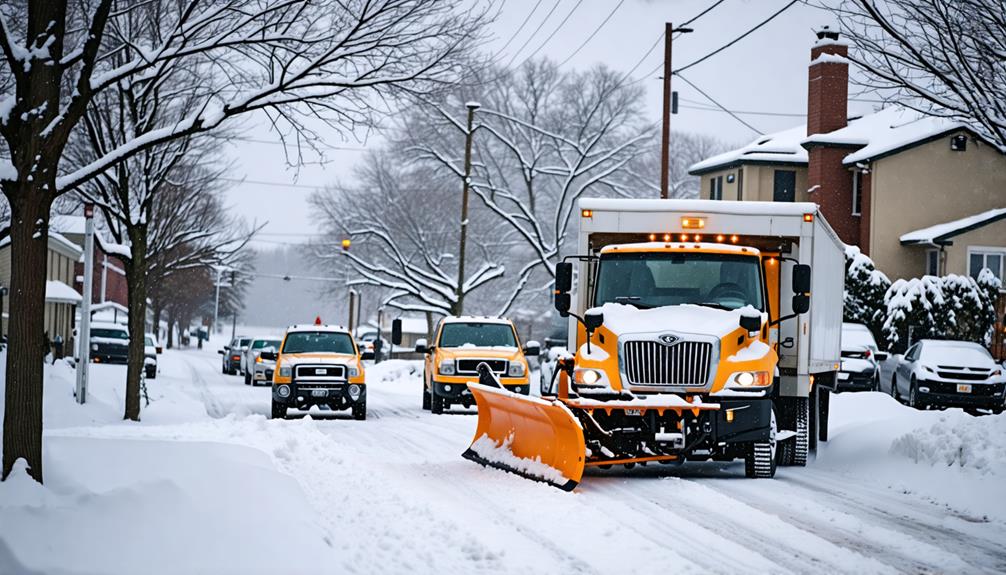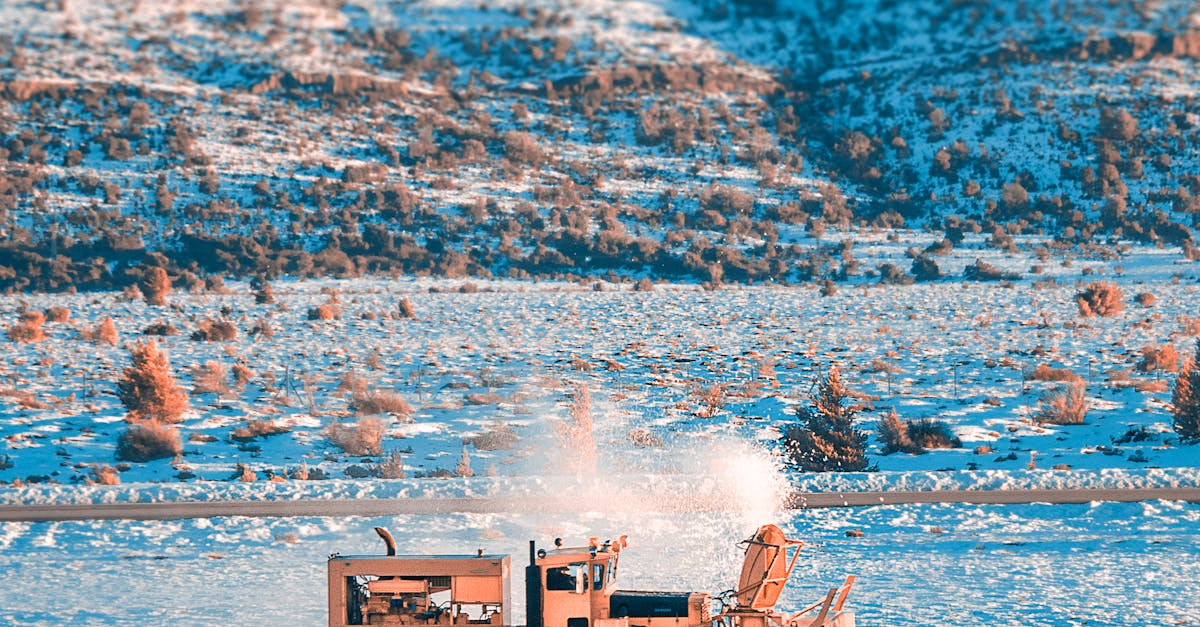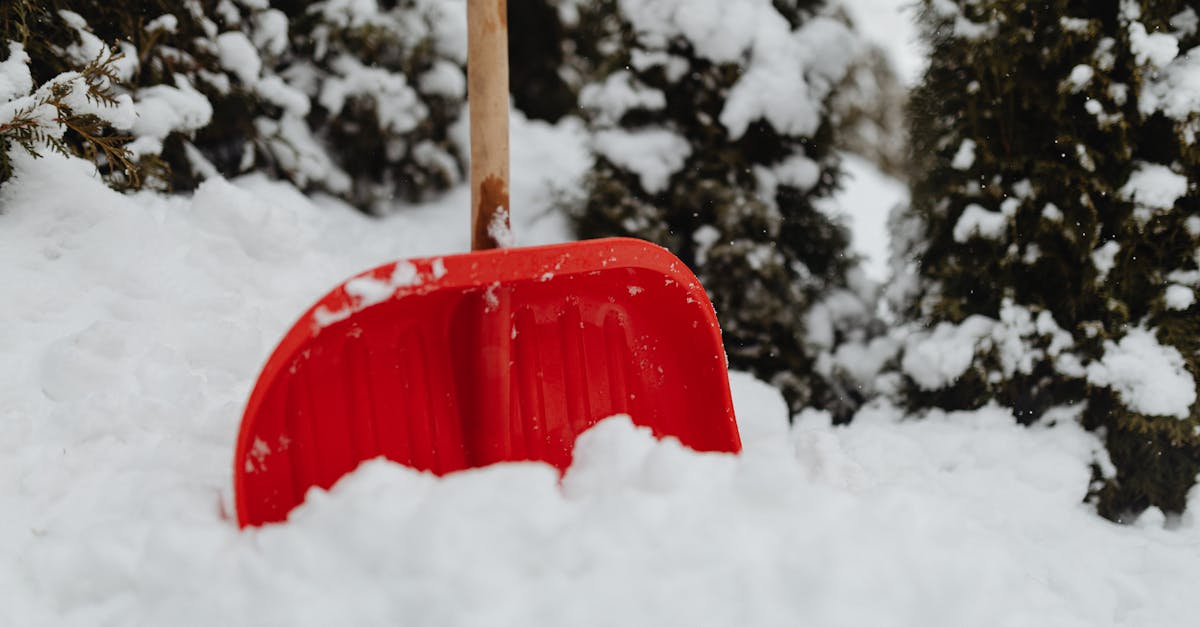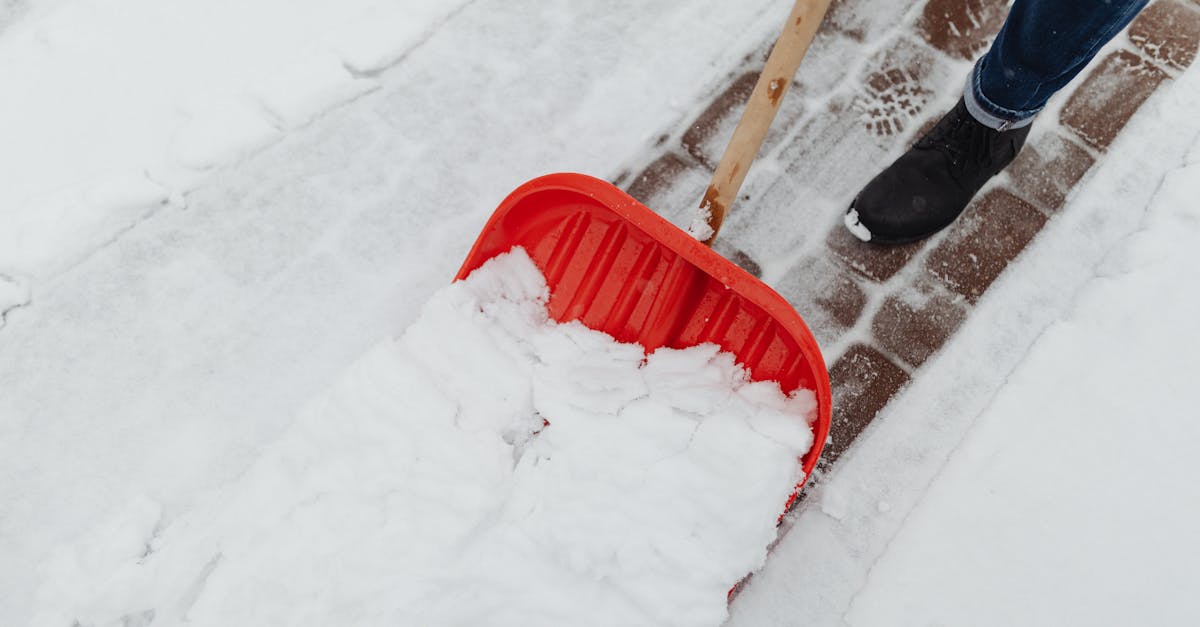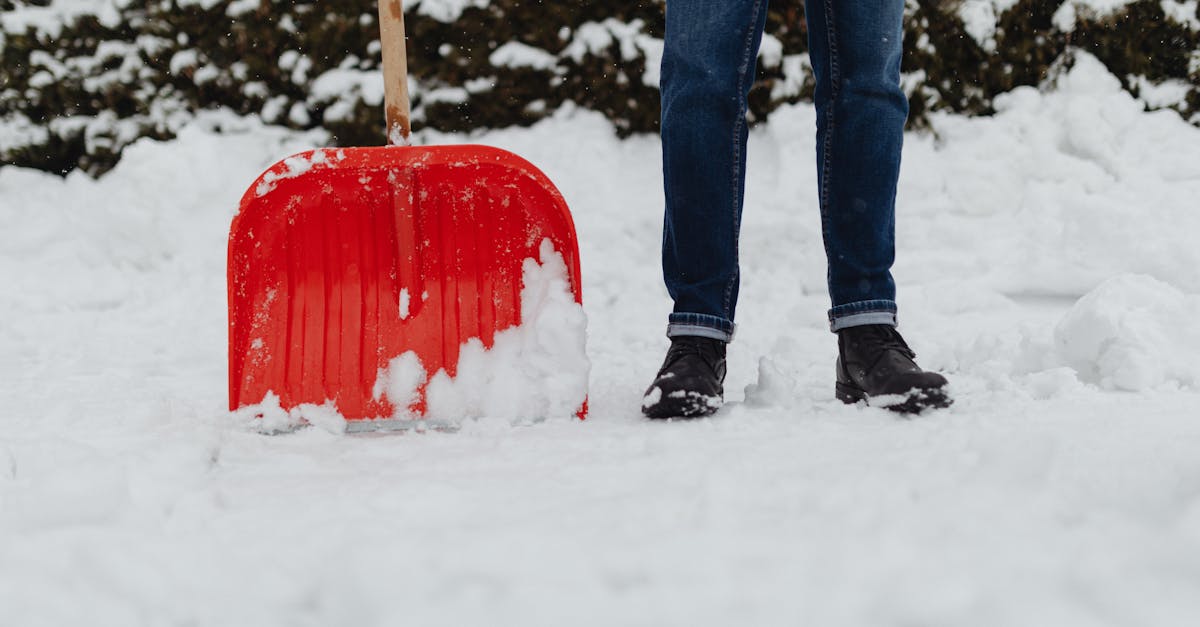
Table Of Contents
Community Resources for Snow Removal
Many communities offer resources to assist residents with snow removal during the winter months. Local programs might include volunteer services, neighborhood snow shoveling initiatives, or municipal assistance for those unable to shovel due to age or health concerns. Knowing these options can help ensure that everyone maintains safe access to their homes during heavy snowfall.
Additionally, some organizations develop partnerships with local businesses to provide discounted services for snow shoveling. These collaborations can be particularly beneficial for older adults or individuals with limited mobility. By taking advantage of these resources, residents can better navigate winter challenges while reducing the physical strain associated with snow shoveling.
Local Programs and Services Available
Many communities offer programs designed to assist residents with snow shoveling tasks, particularly for the elderly or physically challenged individuals. Local governments and non-profit organizations often provide services that connect volunteers with those in need of help. These programs can be invaluable during harsh winter months when snow accumulation can hinder mobility and safety.
In addition to volunteer services, some municipalities may have dedicated teams that clear sidewalks and driveways for residents who are unable to do so themselves. These initiatives not only promote community engagement but also ensure that public spaces remain accessible. Utilizing local resources for snow shoveling can significantly reduce the burden on individuals and enhance safety for everyone in the neighborhood.
Signs It's Time to Stop Shoveling
Recognizing the signs that it may be time to stop snow shoveling is crucial for maintaining your health. If you find yourself experiencing shortness of breath, chest pain, or extreme fatigue while shoveling, it's essential to listen to your body. These symptoms can be early indicators that the physical exertion is becoming too much, especially for those with pre-existing health conditions. Constantly pushing through discomfort can lead to severe health risks, making it vital to take a step back when needed.
Another critical sign is the presence of persistent muscle soreness or joint pain after snow shoveling. Overexerting yourself can result in injuries, which may become harder to recover from as age increases. If you notice unusual stiffness or swelling in your back, arms, or legs following a snow shoveling session, consider this a warning to reassess your limits. Taking these signs seriously not only protects your physical well-being but also encourages safer snow removal practices in the long run.
Recognizing Your Body's Limits
Recognizing your body’s limits is crucial when it comes to snow shoveling. Physical strain can increase significantly with age, making it essential to listen to your body. Symptoms like fatigue, shortness of breath, or unusual pain are signs that it may be time to take a break. Ignoring these signals can lead to more serious health issues, especially during physically demanding tasks like snow shoveling.
Additionally, individuals with pre-existing conditions such as heart problems or arthritis should be particularly cautious. Heavy lifting in cold temperatures can exacerbate these issues. Prioritizing safety and assessing your own physical capabilities can help determine whether it's best to push through or seek assistance. Understanding your limits ensures that snow shoveling does not become a dangerous endeavor.
Snow Shoveling Safety Tips
Snow shoveling can be a physically demanding task, so it's crucial to use proper techniques to minimize the risk of injury. Start by positioning yourself correctly. Stand with your feet shoulder-width apart to ensure balance. Bend your knees while keeping your back straight, which helps to engage your legs rather than straining your back. When lifting snow, avoid throwing it over your shoulder. Instead, push the snow to the side whenever possible.
Taking breaks is also essential during snow shoveling. Listen to your body and rest if you begin to feel fatigued. Hydration plays a key role, so ensure you drink enough water before and after shoveling. Dress in layers to adjust to temperature changes while you work. Warm up with light stretches to prepare your muscles, and make sure to use a shovel that is comfortable for you. These practices will help make snow shoveling safer and more manageable.
Best Practices for Reducing Injury Risk
Snow shoveling can put a significant strain on the body, particularly on the back and joints. To minimize injury risks, it’s essential to use proper shoveling techniques. Stand with your feet shoulder-width apart and keep your knees slightly bent. When lifting, bend at the knees rather than the waist, making sure to use your legs to push the snow rather than your back. This method can help distribute the weight more evenly and reduce stress on your spine.
Additionally, taking regular breaks during snow shoveling is crucial. Instead of trying to clear everything at once, work in smaller sections and give your body time to rest and recover. Hydration should not be overlooked; staying well-hydrated can prevent fatigue that may lead to accidents. It’s also wise to dress in layers to maintain comfort while avoiding overheating, as sweat can increase the risk of injury when combined with cold temperatures.
FAQS
At what age is it generally recommended to stop shoveling snow?
While there is no specific age at which everyone should stop shoveling snow, many experts suggest that individuals over the age of 60 should consider alternative options due to increased health risks.
What are the signs that I should stop shoveling snow?
Signs that indicate it's time to stop shoveling include experiencing shortness of breath, persistent fatigue, or any discomfort in your chest or limbs during or after shoveling.
Are there community resources available for snow removal?
Yes, many communities offer programs and services for snow removal, especially for seniors or those with disabilities. Check with your local government or community center for available options.
What safety tips should I follow while shoveling snow?
To reduce the risk of injury while shoveling snow, use a lightweight shovel, take frequent breaks, stay hydrated, and avoid overexertion. It's also important to bend your knees and lift with your legs, not your back.
Can I hire someone to shovel snow for me if I can't do it myself?
Absolutely! Hiring a professional snow removal service or asking for help from friends, family, or neighbors can be a safer alternative if you find shoveling too strenuous.
